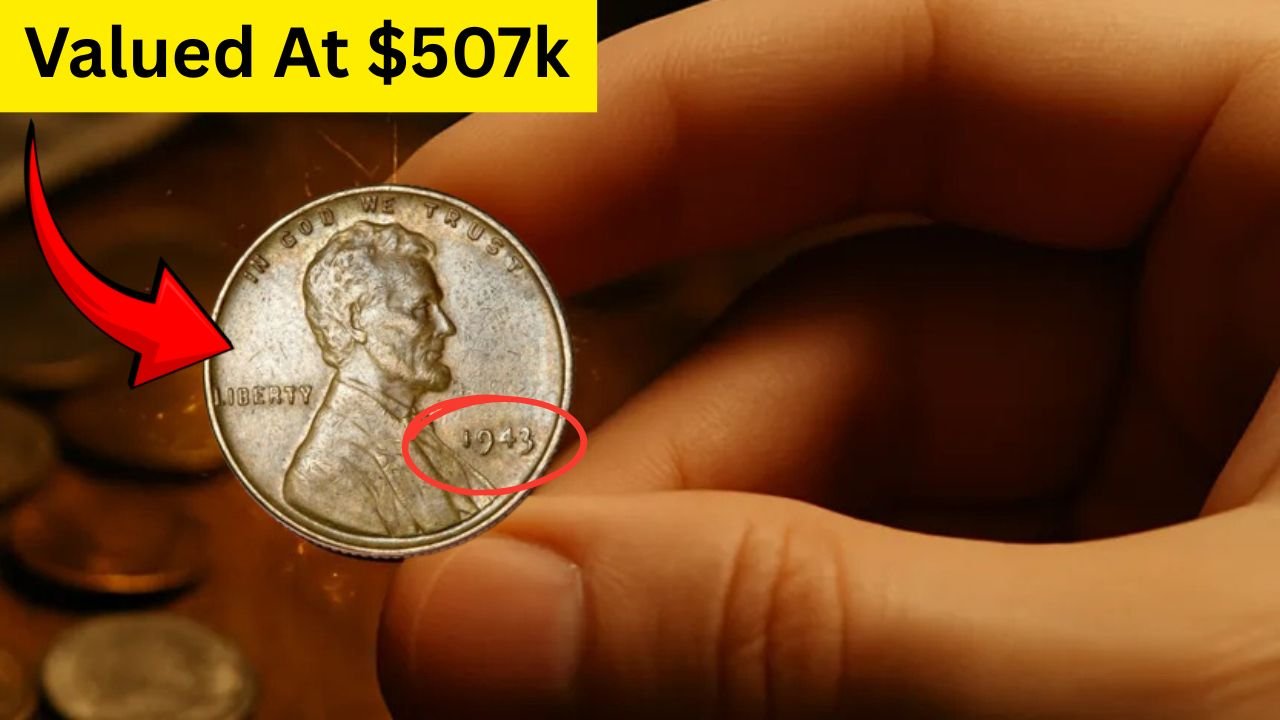Rarest Lincoln Wheat Penny Valued: Coins are more than just money—they are pieces of history. Sometimes, a small coin in your pocket can be worth more than a luxury car. One such example is the rare Lincoln Wheat Penny, which has shocked collectors by being valued at an incredible $507,000. Even more surprising is the possibility that some of these coins are still out there in circulation. Alongside it, the Bicentennial Quarter has also caught the attention of collectors for its potential high value. Let’s explore why these coins are so special and what makes them worth such astonishing amounts.
Understanding the Lincoln Wheat Penny
The Lincoln Wheat Penny was first minted in 1909 to honor the 100th birthday of Abraham Lincoln. It features Lincoln’s profile on the front and two wheat stalks on the back—hence the name “Wheat Penny.” This design remained in use until 1958 before being replaced by the Lincoln Memorial design. While most Wheat Pennies are common and worth only a few cents, certain years and mint errors have turned a few into collector’s treasures worth hundreds of thousands of dollars.
The $507,000 Penny – Why So Valuable?
The rare Lincoln Wheat Penny valued at $507,000 is not your ordinary coin. Its value comes from a combination of rarity, historical significance, and condition. Often, these high-value coins have unique minting errors or come from limited production runs. In some cases, the coin’s material, such as a wrong metal composition, can make it incredibly rare. For this particular penny, the perfect preservation and a known error in minting boosted its value to a record-breaking amount at auction.
Could It Still Be in Circulation?
It might sound impossible, but some rare coins do slip through the cracks and end up in everyday transactions. People unaware of their coin’s value might spend it like any other penny. This is why collectors and hobbyists are constantly on the lookout for unique markings, mint dates, and unusual details in the coins they find in their change. The $507,000 Wheat Penny could theoretically still be sitting in a jar of coins somewhere.
The Bicentennial Quarter – Another Coin to Watch
Alongside the Wheat Penny, the U.S. Bicentennial Quarter has its own place in collectors’ hearts. Issued in 1975 and 1976 to celebrate the 200th anniversary of American independence, it features a special drummer boy design on the reverse side. While most Bicentennial Quarters are worth only face value, certain rare variations and mint errors can make them significantly more valuable—sometimes reaching into the thousands of dollars.
How to Spot Rare Coins in Your Pocket Change
Rare coins often have distinct features that set them apart. For Wheat Pennies, pay attention to mint marks (such as “D” for Denver or “S” for San Francisco) and unusual years like 1909-S VDB or 1943 copper cents. For Bicentennial Quarters, look for coins struck in 40% silver or with noticeable errors in design. The condition of the coin also plays a huge role in determining value, with well-preserved examples being worth far more than worn ones.
Quick Comparison of the Two Collectible Coins
| Coin Type | Key Years / Variations | Potential Value Range |
|---|---|---|
| Lincoln Wheat Penny | 1909-S VDB, 1943 Copper | Up to $507,000 |
| Bicentennial Quarter | 1975–1976 Silver, Errors | $1 to several thousand |
The Thrill of Coin Collecting
Coin collecting, or numismatics, is a hobby that blends history, art, and treasure hunting. The excitement lies in never knowing what you might find. A simple glance at your spare change could reveal a coin that’s worth more than you ever imagined. Even if you never discover a six-figure penny, the process of searching and learning about different coins is rewarding in itself.
Why Coins Gain Such High Value
High coin values are usually driven by three main factors: rarity, demand, and condition. Rarity means fewer coins exist, demand means many people want them, and condition means the coin looks as close to mint-new as possible. When all three come together—especially in a historically important coin—the value can skyrocket.
Final Thoughts
The story of the $507,000 Lincoln Wheat Penny and the valuable Bicentennial Quarter proves that extraordinary treasures can be hiding in plain sight. Whether you are an experienced collector or just someone curious about the change in your wallet, it’s worth taking a closer look at your coins. You might just be holding a piece of history worth far more than its face value.
FAQs
Q: How can I tell if my Wheat Penny is valuable?
Check the date, mint mark, and overall condition. Rare years and mint errors increase value.
Q: Are all Bicentennial Quarters valuable?
No. Most are worth only 25 cents, but certain silver and error varieties can be worth much more.
Q: Should I get my coin professionally graded?
Yes, if you suspect it might be rare or valuable. Professional grading can confirm authenticity and condition, which greatly affects price.




